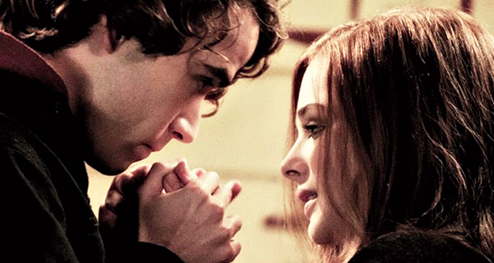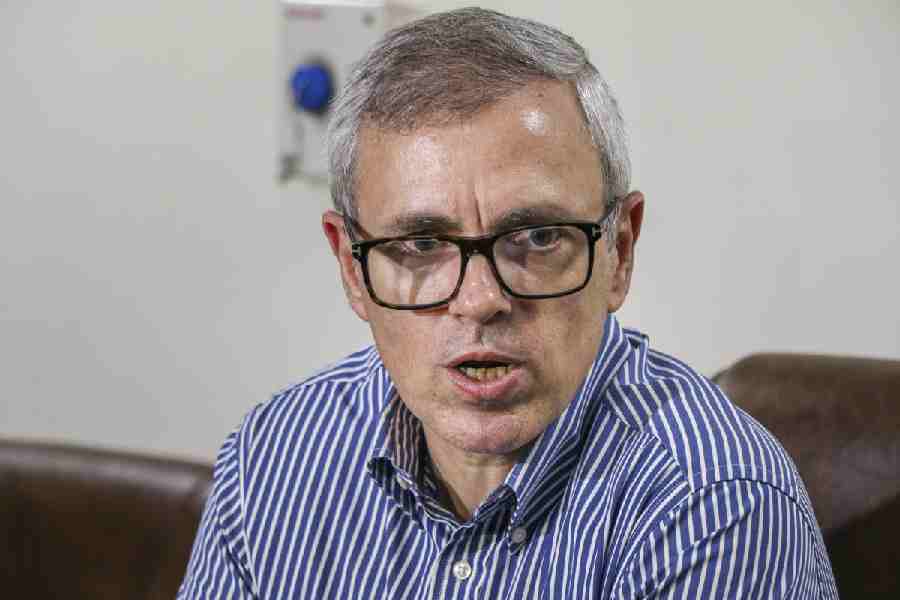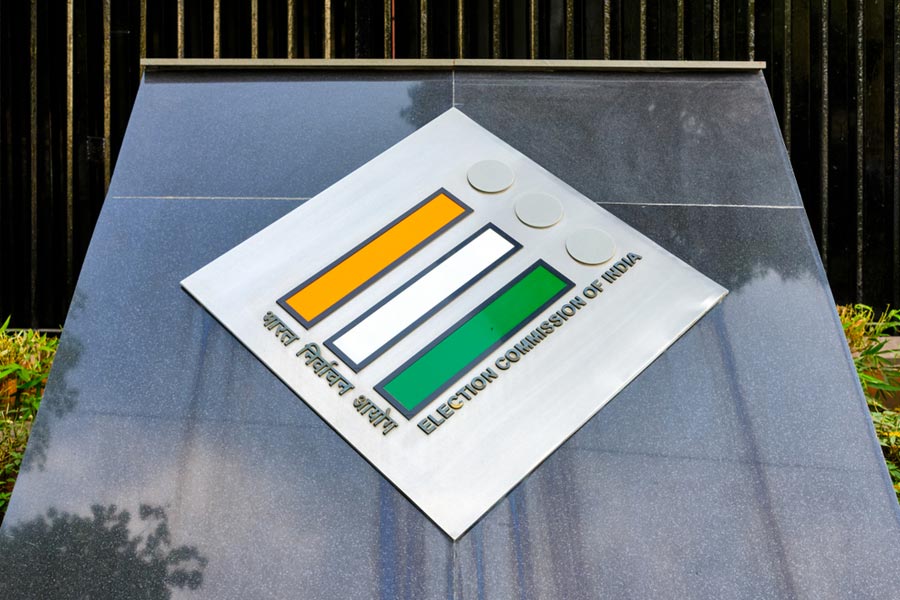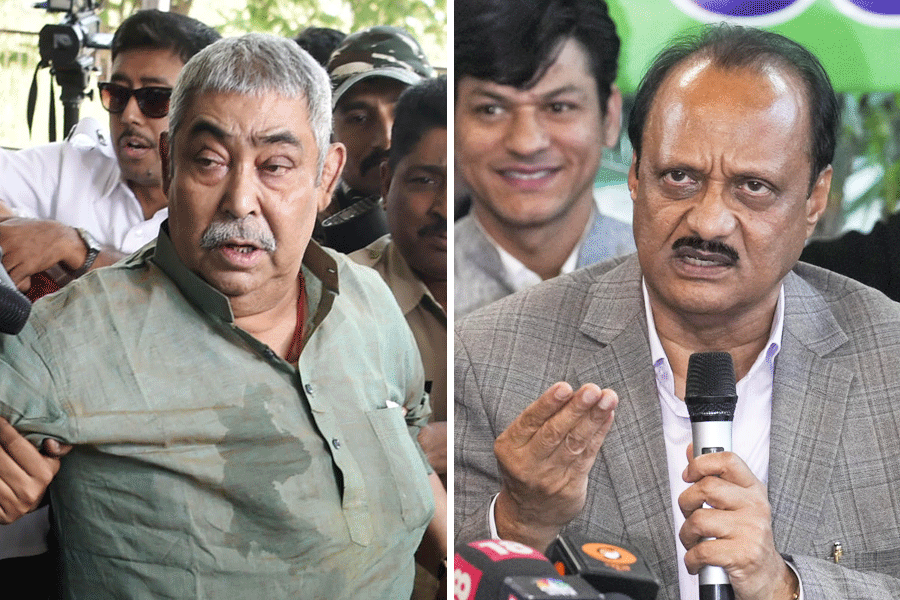 |
| Stillness and motion: A photograph by Achinto |
The modern city must both thrill and terrify a photographer. To hold within the stillness of his medium a world in perpetual motion; to persist with a quest for form in a jungle of elusive forms; to capture the essence of strangeness in the midst of the familiar or recognise the familiar at the heart of the strange: these must be the challenges that cities like Calcutta, London and Paris bring to an image-maker’s eye. ‘Inside-Outsider: Kolkata/Paris/London’, an exhibition of black-and-white photographs by Achinto at the Oxford Bookstore, presents a number of such “decisive moments” in the story of an eye’s relationship with three cities. I use the late Henri Cartier-Bresson’s famous phrase because he is quite obviously the presiding genius in this exhibition.
If the drama of black-and-white photography is in the varied play of darkness and light, shadow and substance, stillness and motion, then Achinto’s best images are self-consciously about this drama itself. A man in an overcoat walks past a freeze-artist in Paris, her white, still form like a classical Niobe caught in a realm of dim shadows. Children at play turn into dancing shades projected on a wall in Calcutta. Pedestrians are turned upside down as their long shadows fall across a dog’s eye-view of a cobbled street in London. Children are playing on a high Calcutta terrace, with a huge, grey cloud hanging above them. One child has opened his arms out and looks straight at the photographer, who is the absent centre of this mysterious and vertiginous play-world. The sense of dramatic arrest, of suspension as well as suspense, is what makes this photograph memorable, drawing attention to and celebrating its own games with chance. “I was there and this is how life appeared to me at that moment,” Cartier-Bresson had written in his 1955 preface to The Europeans.
It is, however, this artist’s informing presence in Achinto’s camera that prevents him from fully becoming the “outsider” of the exhibition’s title. Outsiderness is not simply the fact of being an Indian photographer in a European city. It is also a state of estrangement from the visible world that enables the eye to see, and make others see, that world as if for the first time, in order to recognise it or know it again. Achinto’s Paris is all too often the city of street-artists and Doisneau-esque pairs, his London of Notting-Hillish retro- chic, buskers and the Tube, and his Calcutta of poor children against barbed wire and bleak housing, of the Howrah bridge through a dusty windscreen. His images do not sufficiently stand apart from ways of seeing these places, now almost clichéd through incessant reproduction, which could be traced back, again, to Cartier-Bresson’s pictures of Mexico, Europe or India — especially the children and the use of visual echoes and doubling in standing pools of water.
Achinto is a an accomplished and sophisticated photographer, but still too easily “inside” this familiar European tradition to claim for himself the privilege of an alien, and alienating, eye. Yet, had it not been for the constant shopping-mall music at its bookstore venue, this stylishly mounted show could have been a little haven of quiet viewing and reflection in the midst of Calcutta’s all-too-photogenic bustle. It is sad that looking at pictures and browsing through books in silence are vanishing pleasures in this city.










